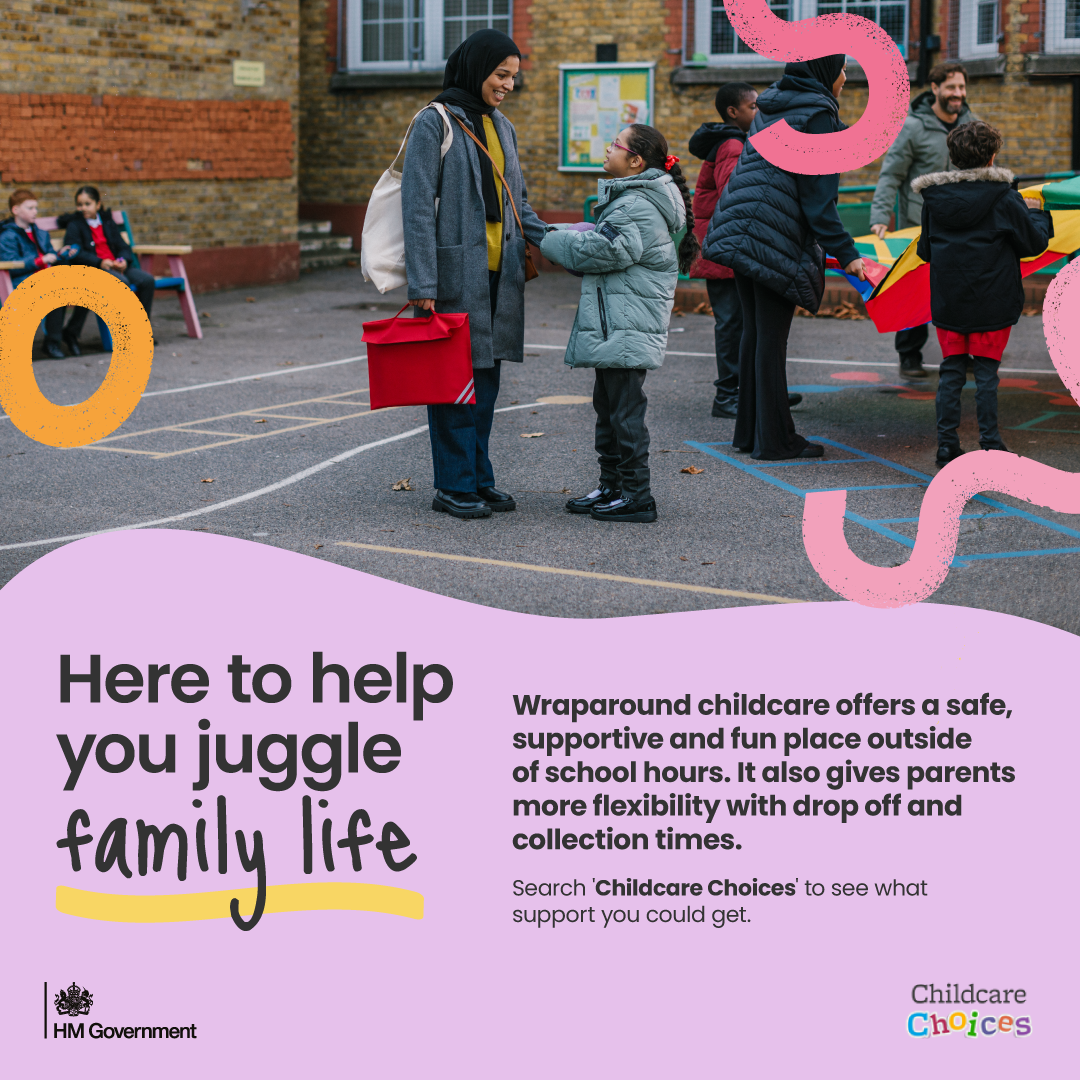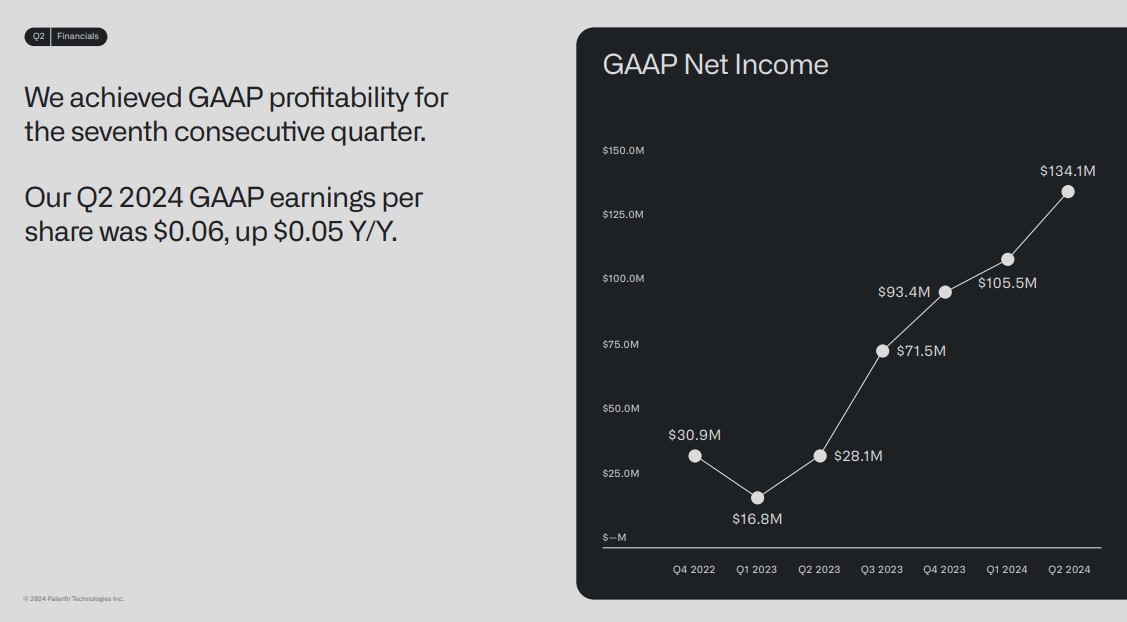So Very Fragile: A Parent's Guide To Navigating Early Childcare Choices

Table of Contents
Understanding Your Child's Needs and Your Family's Circumstances
Before exploring different childcare options, it's essential to understand your child's individual needs and your family's unique circumstances. This self-assessment will significantly narrow down your choices and help you find the best fit.
Assessing Your Child's Temperament
Consider your child's personality – are they shy or outgoing? Do they thrive in large groups or prefer one-on-one attention? A child's temperament significantly influences which childcare setting will best support their development.
- Observe your child's reactions in different social situations. Do they get easily overwhelmed in crowded environments or do they flourish in group settings?
- Consider your child's developmental stage and needs. A toddler will require different care and attention than a preschooler. Match the childcare setting to their developmental milestones.
- Consult with your pediatrician. They can offer valuable insights into your child's temperament and developmental needs, informing your childcare choices.
Evaluating Your Family's Budget and Schedule
Early childcare costs vary significantly depending on the type of care, location, and provider. Carefully evaluate your family's budget and work schedule to determine what's realistically feasible.
- Research childcare costs in your area. Contact various providers to get a range of price quotes. Consider government subsidies or employer-sponsored programs to offset costs.
- Explore flexible childcare options to accommodate your work hours. Look for providers that offer extended hours, drop-in care, or flexible scheduling arrangements.
- Factor in additional costs. Remember to account for transportation costs, meals, and any additional fees associated with specific programs or activities.
Location and Accessibility
The location of your chosen childcare provider significantly impacts convenience and safety. Consider proximity to your home or workplace, commute times, and the overall safety of the area.
- Prioritize safety and convenience in location selection. Choose a location that is easily accessible, has safe drop-off and pick-up procedures, and is in a secure neighborhood.
- Consider proximity to other family members or support systems. Living close to grandparents or other relatives who can help out in emergencies can provide added peace of mind.
- Utilize online resources. Use online mapping tools to assess commute times during different parts of the day and check community safety reports.
Exploring Different Types of Early Childcare
Several types of early childcare are available, each with its own advantages and disadvantages. Understanding these differences will help you determine which best suits your child's needs and your family's circumstances.
In-Home Care
This involves hiring a nanny or caregiver to watch your child in your home. It offers a high level of personalized attention and a familiar, comfortable environment.
- Offers personalized attention and a familiar environment. Your child receives individual care and attention in the comfort of their own home.
- Can be more expensive than other options. Nannies typically command higher salaries than caregivers in other settings.
- Requires careful screening and background checks. Thorough vetting of potential caregivers is essential to ensure your child's safety and well-being.
Family Child Care Homes
These are smaller, home-based settings offering childcare in a family-like environment. They often offer a lower child-to-caregiver ratio and can be more affordable than larger centers.
- Often more affordable than centers. Family child care homes generally have lower overhead costs, translating to lower fees for parents.
- May offer a lower child-to-caregiver ratio. This allows for more individualized attention and care for each child.
- Provides a home-like atmosphere. The less structured, more familiar environment can be beneficial for some children.
Child Care Centers
These larger facilities offer structured programs, various activities, and a wider range of social interactions. They often employ certified teachers and have established curricula.
- Offers a variety of educational programs and social interaction. Centers typically offer diverse learning opportunities and extensive social engagement with peers.
- Usually has more structured schedules and routines. This can be beneficial for some children, providing predictability and consistency.
- May have higher costs. Larger centers often have higher overhead and staffing costs, resulting in higher fees.
Choosing the Right Fit: Key Considerations and Questions to Ask
Once you've narrowed down your options, it's crucial to carefully consider several key factors to ensure you choose the right fit for your child.
Teacher-Child Ratio and Qualifications
The teacher-child ratio and the qualifications of the staff are critical indicators of the quality of care. A lower ratio generally means more individual attention for your child.
- Look for caregivers with relevant experience and certifications. Check for credentials in early childhood education or related fields.
- Inquire about staff training in early childhood development. Ask about ongoing professional development opportunities for the staff.
- Check references and background checks. Verify that the facility conducts thorough background checks on all staff members.
Safety and Security Measures
Safety and security should be paramount considerations. Ensure the facility meets all relevant safety standards and has robust security measures in place.
- Check for licenses and accreditation. Verify that the facility holds the necessary licenses and accreditations to operate legally and safely.
- Observe the facility's security procedures. Assess the measures taken to ensure children's safety, such as secure entry points, emergency protocols, and staff supervision.
- Inquire about health and safety policies. Ask about procedures for handling illnesses, accidents, and emergency situations.
Curriculum and Learning Environment
Consider the curriculum offered and how it aligns with your child's developmental needs and your educational philosophy.
- Evaluate the learning materials and activities. Are the materials age-appropriate, engaging, and developmentally stimulating?
- Assess the quality of the learning environment. Is the space clean, well-maintained, and conducive to learning and play?
- Ask about the teaching methods. Inquire about the approaches used to support children's learning and development.
Visiting and Observing the Facility
Before making a final decision, schedule a visit to observe the facility firsthand. This allows you to assess the environment, interact with the staff, and observe the interactions between children and caregivers.
- Talk to the staff and other parents. Gather insights from those who have firsthand experience with the facility.
- Trust your instincts. If something doesn't feel right, don't hesitate to look for another option.
- Observe the children's interactions. Are the children happy, engaged, and well-cared for?
Conclusion
Choosing the right early childcare arrangement is a deeply personal decision. By carefully considering your child's needs, your family's circumstances, and the factors outlined above, you can navigate the complexities of early childcare choices with greater confidence. Remember to thoroughly research your options, ask important questions, and trust your instincts. Making informed decisions about your child's early care will lay a strong foundation for their future. Begin your journey to finding the perfect early childcare solution now. Remember, finding the best early childcare choices for your child is an investment in their future.

Featured Posts
-
 Harry Styles Reaction To A Failed Snl Impression Attempt
May 09, 2025
Harry Styles Reaction To A Failed Snl Impression Attempt
May 09, 2025 -
 Pakistan Stock Market Current Status And The Reasons Behind Recent Volatility
May 09, 2025
Pakistan Stock Market Current Status And The Reasons Behind Recent Volatility
May 09, 2025 -
 Should You Buy Palantir Stock Before May 5 A Pre Earnings Analysis
May 09, 2025
Should You Buy Palantir Stock Before May 5 A Pre Earnings Analysis
May 09, 2025 -
 Secret Service Completes Probe Into Cocaine Found At White House
May 09, 2025
Secret Service Completes Probe Into Cocaine Found At White House
May 09, 2025 -
 Elon Musks Net Worth Falls Below 300 Billion Tesla Tariffs And Market Downturn
May 09, 2025
Elon Musks Net Worth Falls Below 300 Billion Tesla Tariffs And Market Downturn
May 09, 2025
